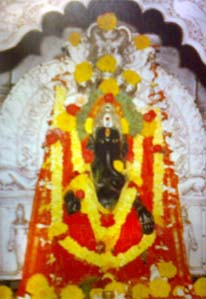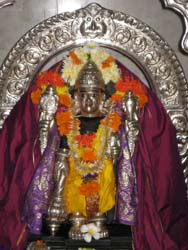
SHREE NARAYAN DEV
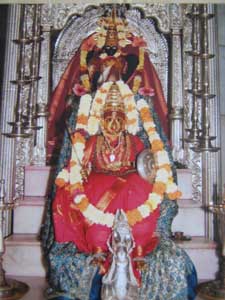
SHREE MAHALAXMI
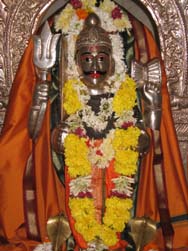
SHREE RAVALNATH
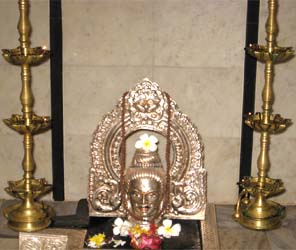
SHREE BALLESHWAR
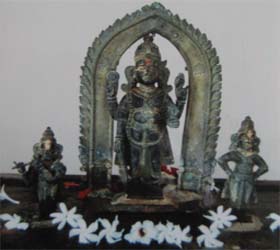
SHREE NARAYAN PURUSH
Despite the Portuguese influence that dominated Goa over the centuries, it is fascinating to see how such a large number of Hindu temples have survived here. Uprooted from place to place, the presiding deities were preserved and worshipped, at times, even in the houses of pujaris (priests), till they were ultimately ensconced in their present-day abodes. Some such old temples of Goa, which are noted for their natural beauty and simple architecture, have certain basic features, as in the days of yore, of being surrounded by betel nut trees, coconut groves and lakes of pure water. When you enter any of these temples you are welcomed by the sentinels-the great pillars of light.
Among the oldest temples in Goa are the ones built by the Saraswat Brahmins of Bihar-the Mangeshi Temple of Priol, the Shanta Durga Temple at Kavele, the Ganapati Temple at Khandole, the Mahalaxmi Temple at Bhandiwade and the Sri Nagesh Maharudra Temple at Bandora. Of these, unlike all other ancient deities of Goa, Sri Nagesh Maharudra did not move from Bandora (Bhandiwade) even during the period of the Portuguese inquisition. Most of these temples look relatively new as they have been restored after being destroyed by the Portuguese. That explains why there are no temples around the coast, which was the prime territory of the Portuguese
There hangs many a tale about the origin of each of these temples, most of them revolving around the migration of the Saraswats from the banks of the legendary Saraswati river, on to the Gangetic plains, and then on to Gomantaka on the invitation of the sage Parasurama.
The Saraswat Bhramins generally accept Shri Mahalaxmi as Pallavi, their supporting or protecting deity if they have the following as their kuldevata. Among the five deities to which Shri Mahalaxmi is associated are:
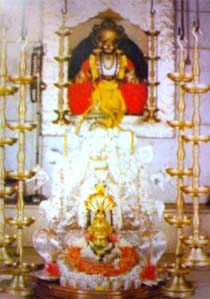
SHREE NAGESH DEVASTHAN NAGESHI
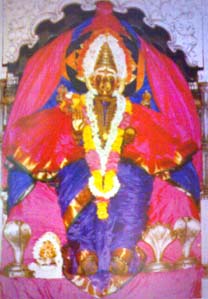
SHREE SHANTADURGA DEVASTHAN KAVALEM
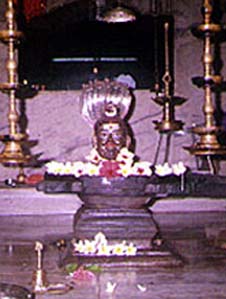
SHREE SAPTAKOTESHWAR
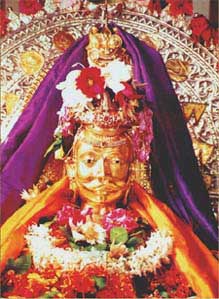
SHREE MANGESH DEVASTHAN, MANGESHI
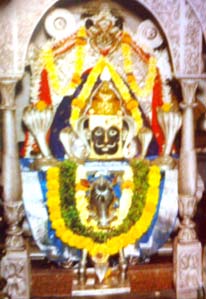
SHREE DAMODAR DEVASTHAN, ZAMBAULIM
